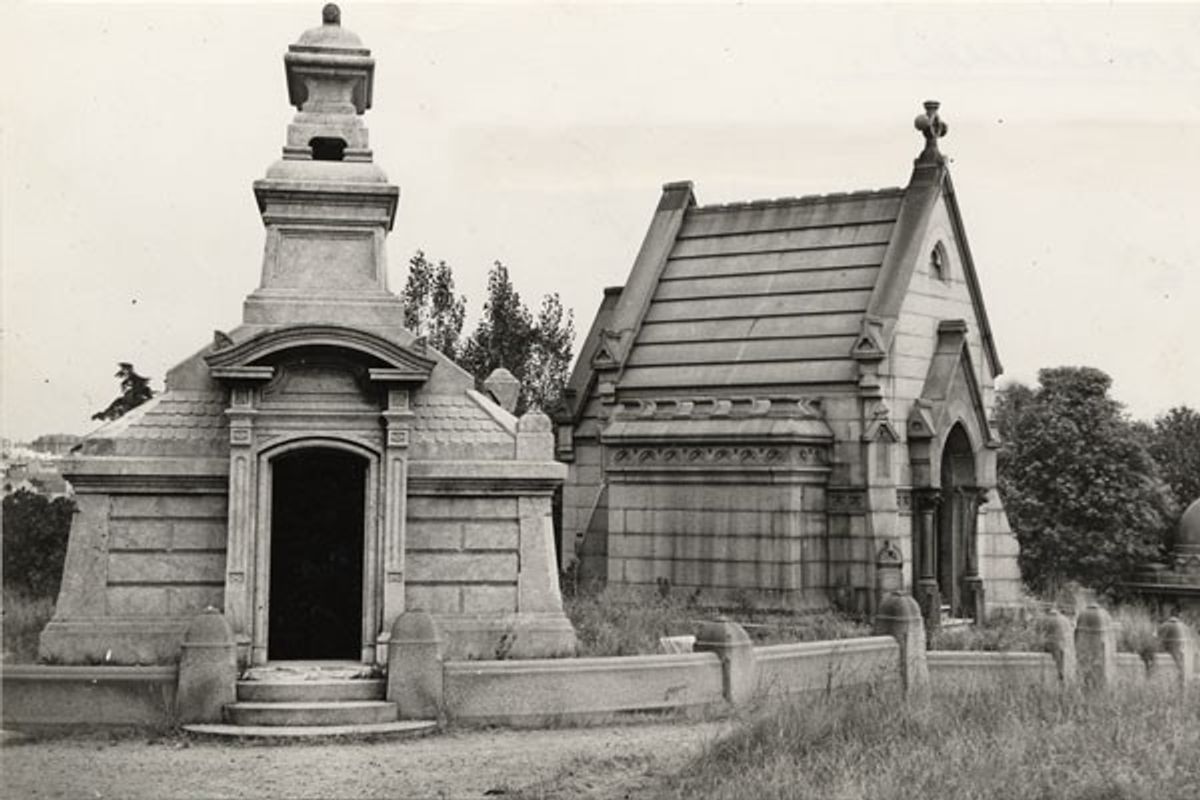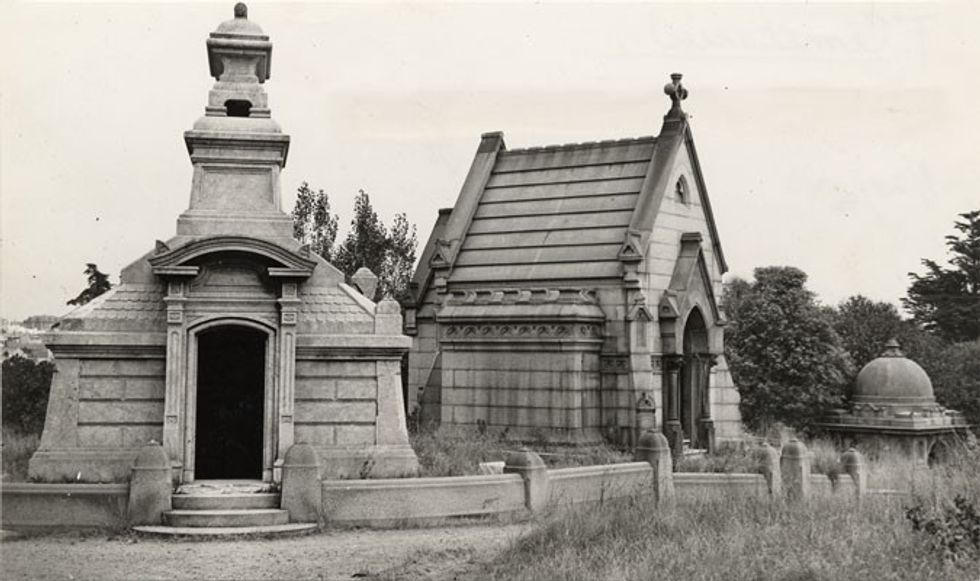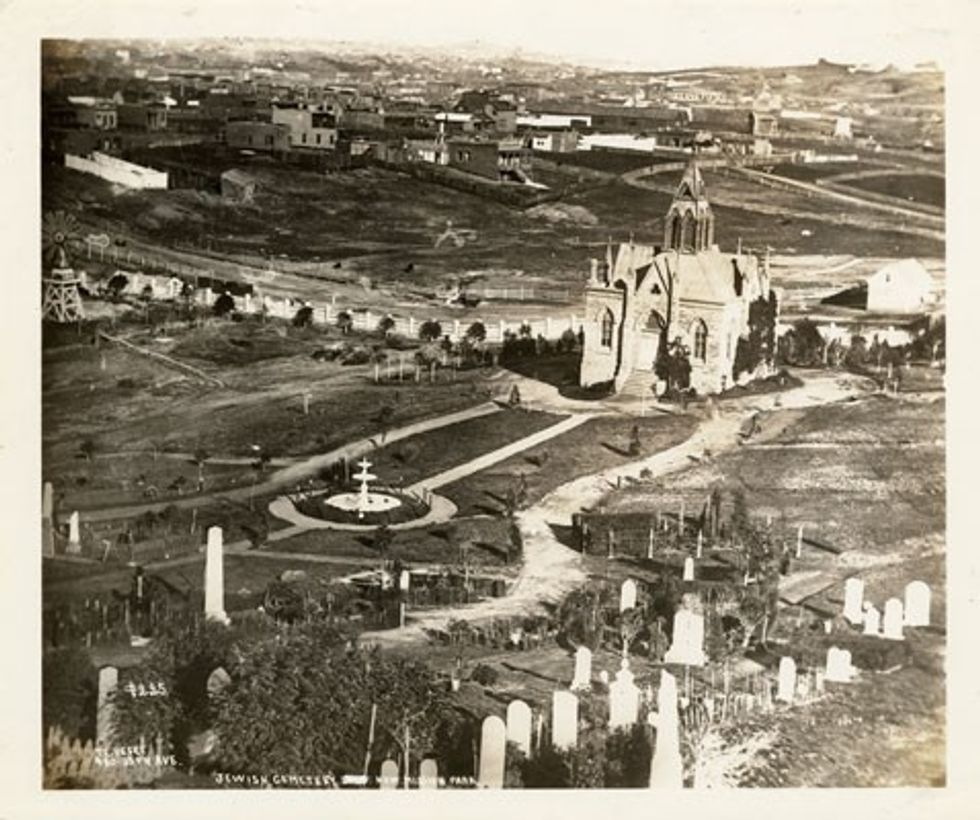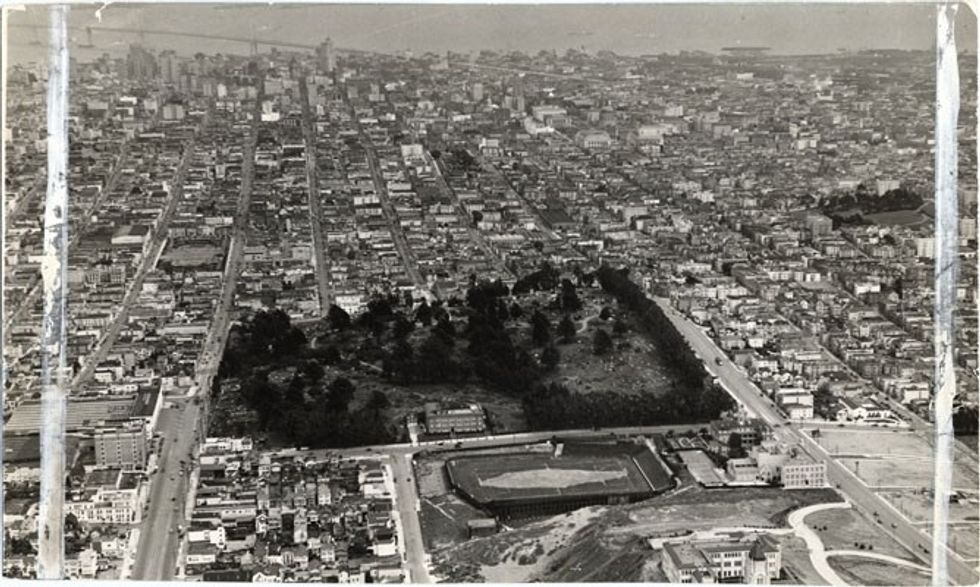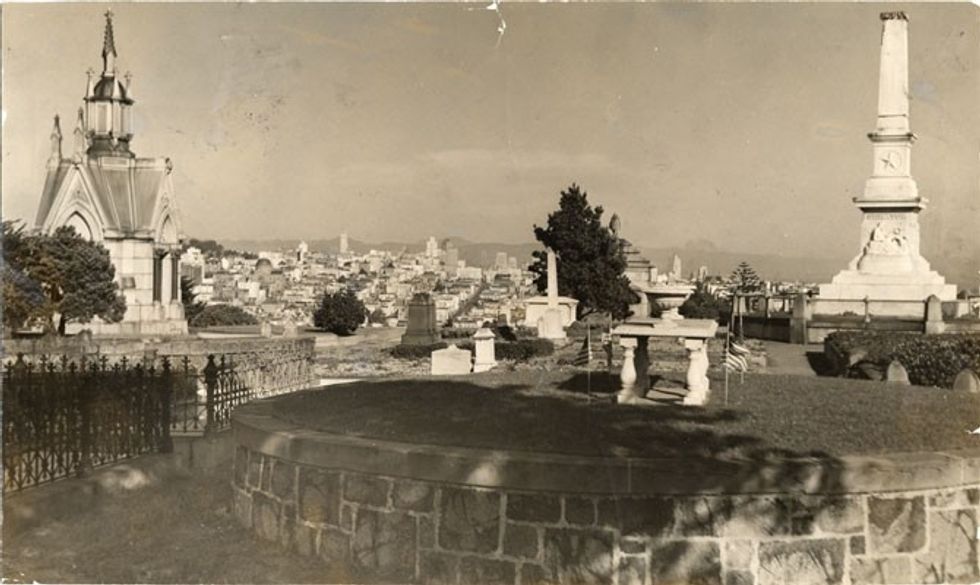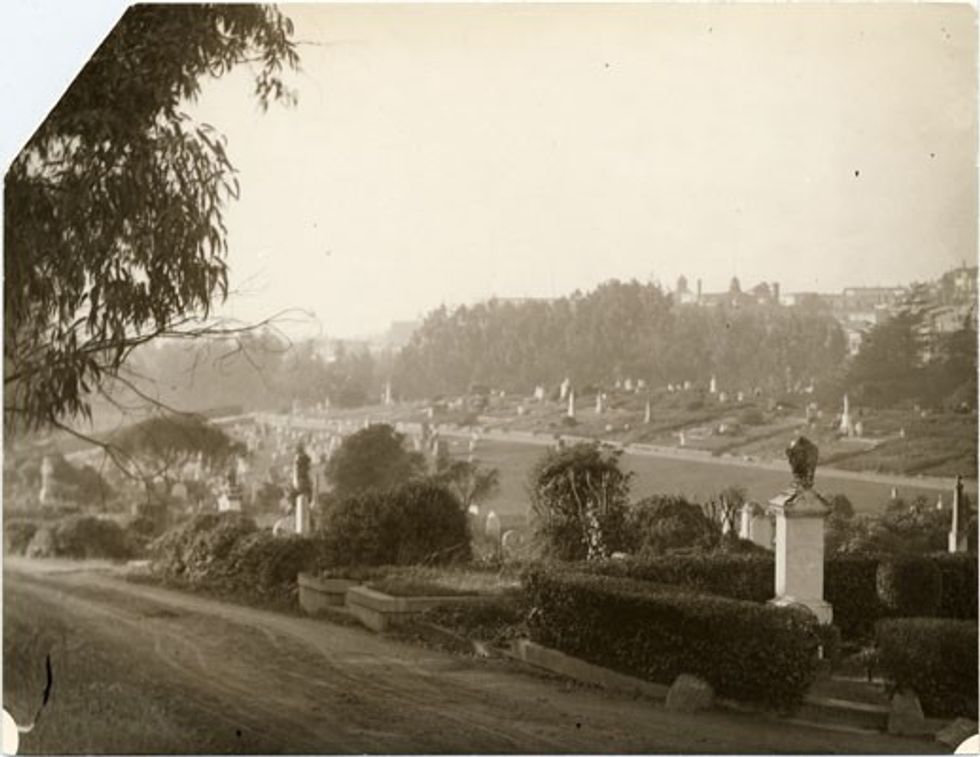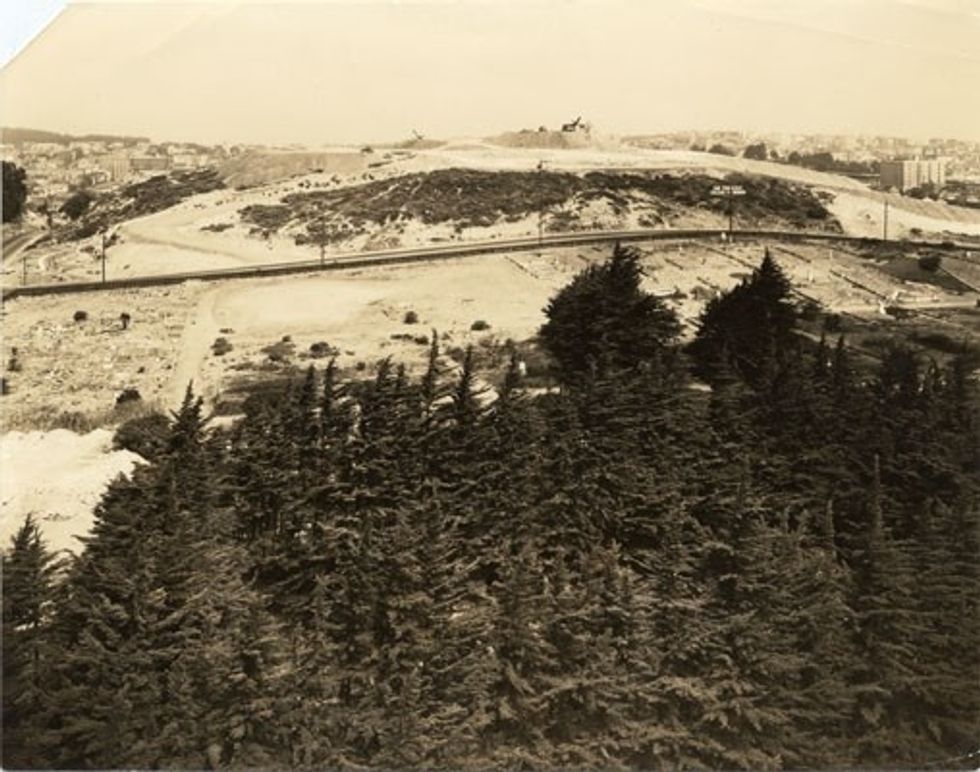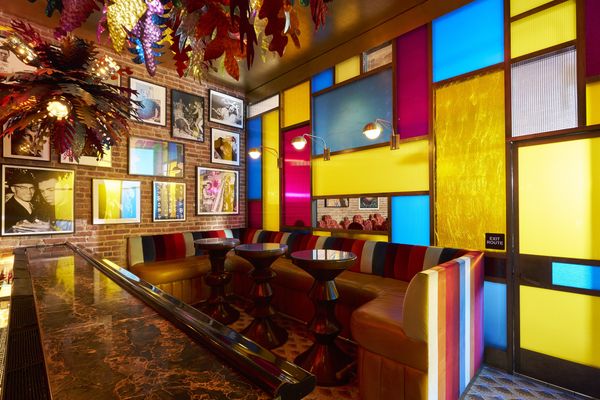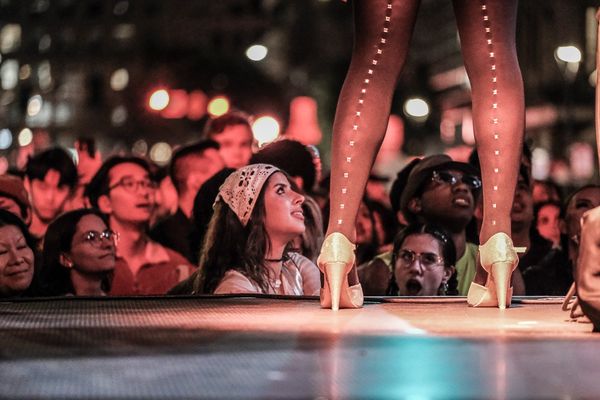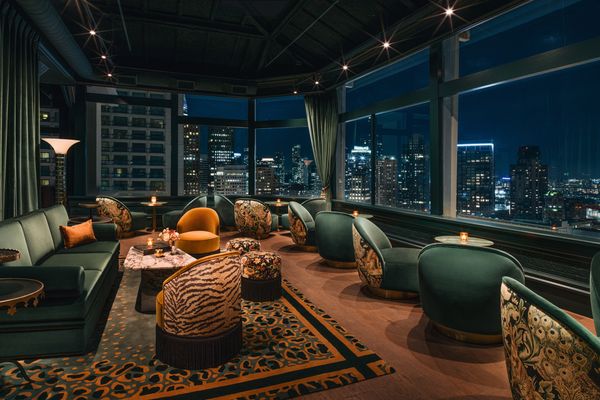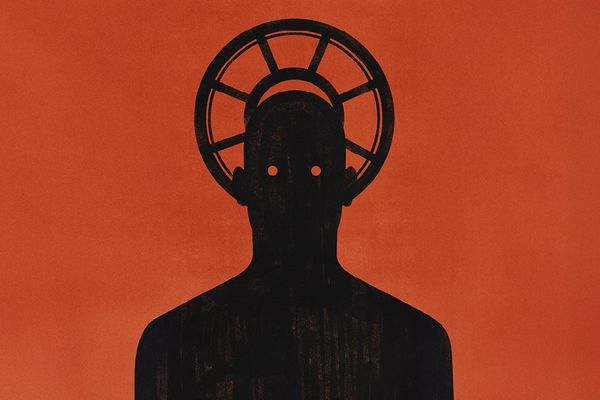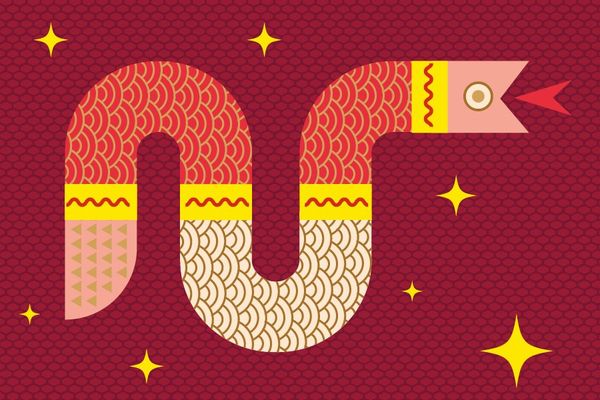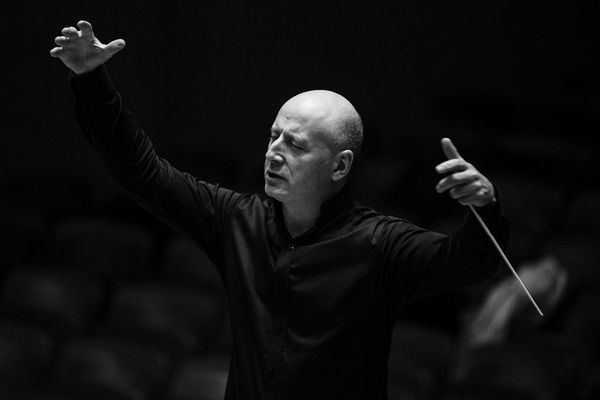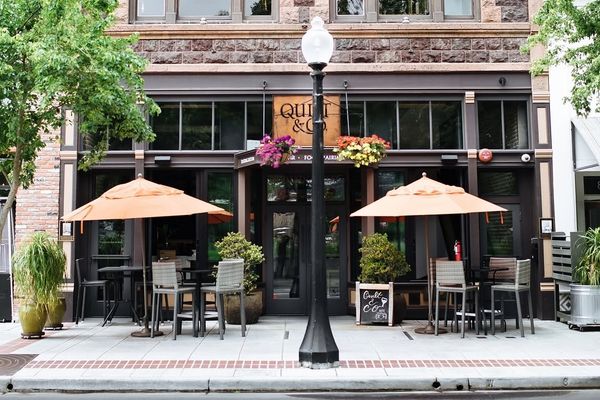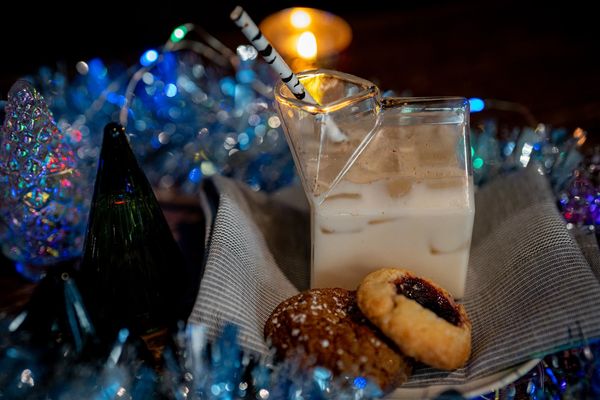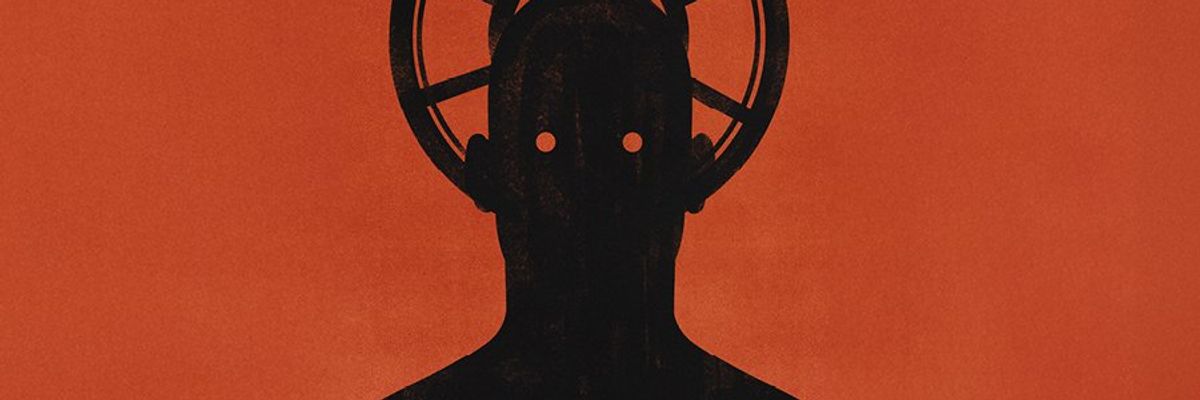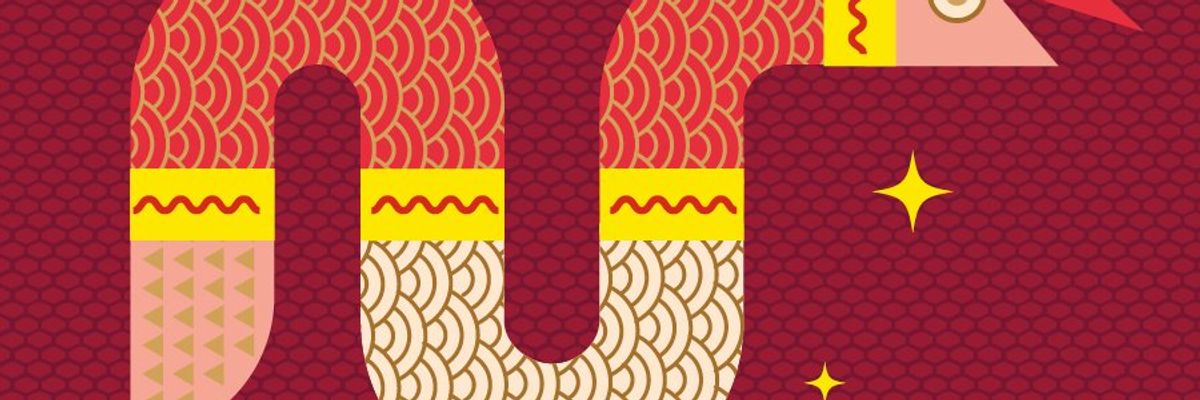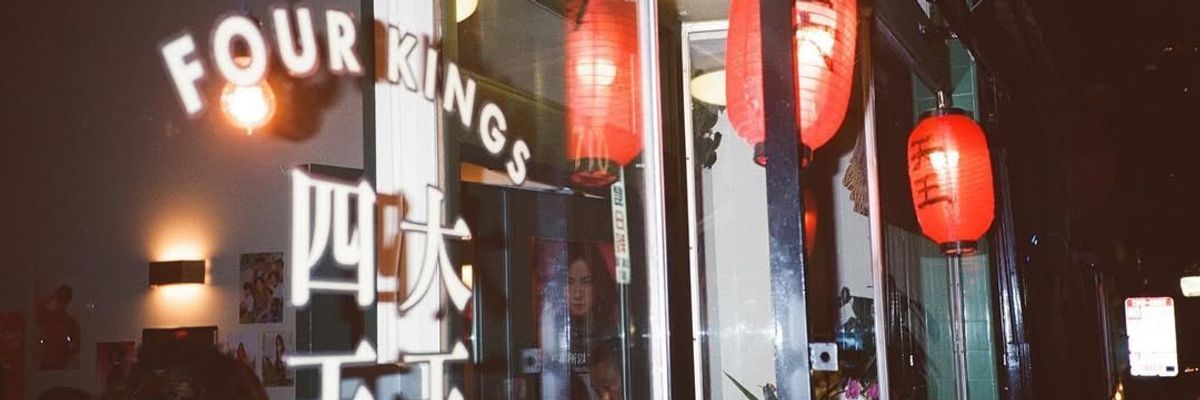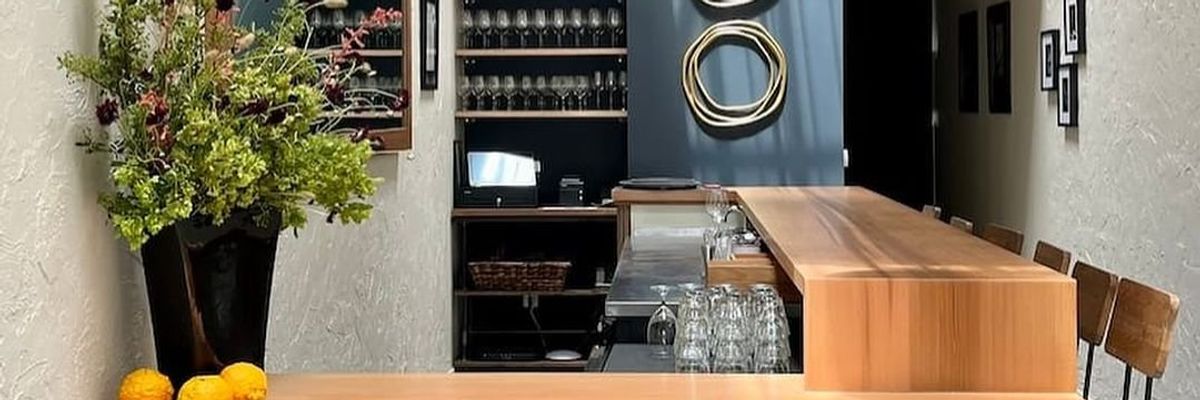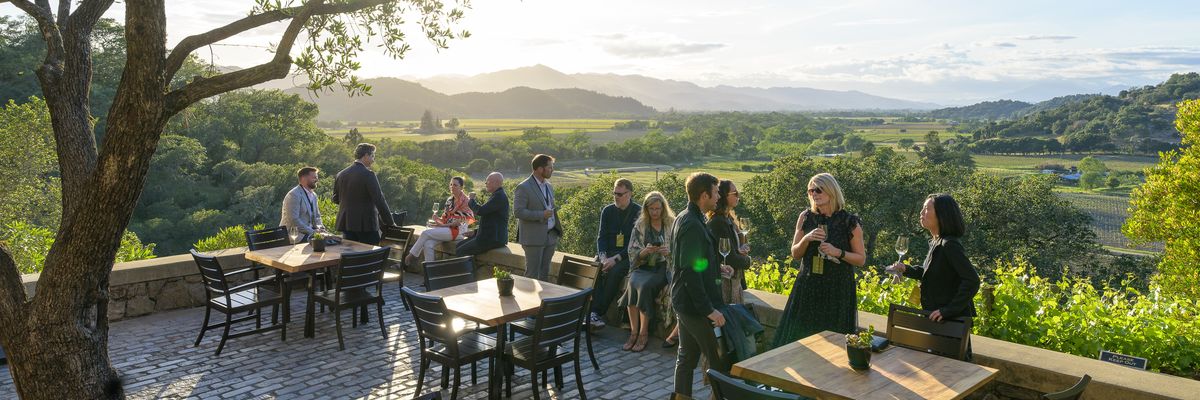Before the City of San Francisco voted to stop burials within city limits in 1900, there were at least 30 cemeteries in use or abandoned here—including one right on the spot of what is now Dolores Park.
Today we have only two cemeteries left inside city limits, the San Francisco National Cemetery in the Presidio and the Mission Dolores Cemetery in the Castro.
Most of the deceased residents previously buried in SF were moved to cemeteries in San Mateo County between 1900-1940, to the town that would eventually be known as Colma, which now carries the distinction of having more dead residents (two million and counting) than living (1,500). Unfortunately for anyone trying to find burial records, this migration from SF to Colma was spotty. Some bodies were exhumed and buried in mass graves, others were transferred to new coffins with incorrect information, and others were left behind in their original resting places.
So where were these SF cemeteries and what's there now you ask? We investigate...
The Big Four
Surrounding Lone Mountain in Laurel Heights/Inner Richmond, the "Big Four" cemeteries were made up of Laurel Hill to the north, Odd Fellows' to the west, Masonic to the south, and Calvary to the east. All four were built between 1854 and 1865. Following the Victorian preference for garden cemeteries and fulfilling the city's need to push the dead to the less occupied western edge of SF, these cemeteries were built on luscious grounds with winding roads and beautiful paths. But by the early 1900s the lots were full, nearby neighborhoods were growing, and the ordinance to stop burying the dead in SF meant that cemeteries lost money and fell into disrepair.
In 1902, Richmond District property owners began their campaign to close the cemeteries completely to give the living room to grow, help boost property value, and remove the so-called "nuisance" and public health hazard that cemeteries posed. After litigation, ballots, voting and more bureaucracy, the process of moving previously buried bodies from the Big Four cemeteries to Colma land is believed to have begun in the late 1920s. The entire removal process lasted through WWII. Tragically almost none of the elaborate Neoclassical monuments in the Big Four survived. Tombstones were discarded into the ocean or broken up and used in construction. You can actually spot pieces of gravestones in the park gutters of Buena Vista Park.
As you can see from the map above, many SF residents live directly above what was once a huge cemetery complex, and UCSF Laurel Heights campus building was built on top of former graves.
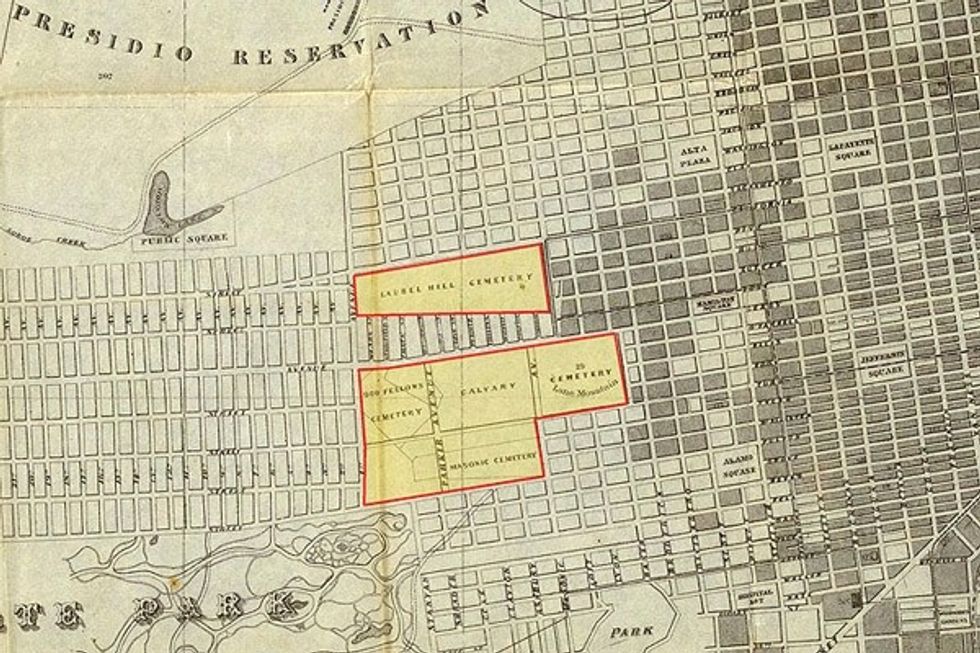
Other Notable Cemeteries
Built in 1861 and closed in 1895, two Jewish cemeteries were located on what is now Dolores Park. The land was chosen because of its proximity to neighboring temples, but after running out of room for bodies, these cemeteries were moved to Colma. Interestingly, the land was then purchased by the city in 1905 to be turned into "The New Mission Park" as part of a city beautification initiative. This plan was interrupted by the 1906 earthquake, when the park became the last bastallion against the fire and a refugee camp. It took until 1913 to complete the park project. Although the Catholic Mission Dolores Cemetery still exists next door and is open to the public, there is nothing left of the Jewish cemetery apart from a few photographs.
Yerba Buena Cemetery was one of the oldest in the city, established during the Gold Rush boom in 1850 and closed in 1871. It was the first city-sanctioned cemetery in SF, and many bodies from unofficial cemeteries in Russian Hill, North Beach, and Telegraph Hill were moved here after neighbors complained of the unsanitary situation. Located below the original SF Public Library building, all of the bodies at Yerba Buena were supposedly moved to other cemeteries when it was closed. But when construction began for the remodeling of the library into the Asian Art Museum in 2001, there were some unexpected discoveries: 18 skeletons, 25 feet in from the sidewalk and 13 feet below ground, all dating from the mid to late 1800s.
Have any more cemetery history insights? Been subject to a particularly interesting haunting? Leave a comment for us on Facebook!
All photos via SF Public Library



